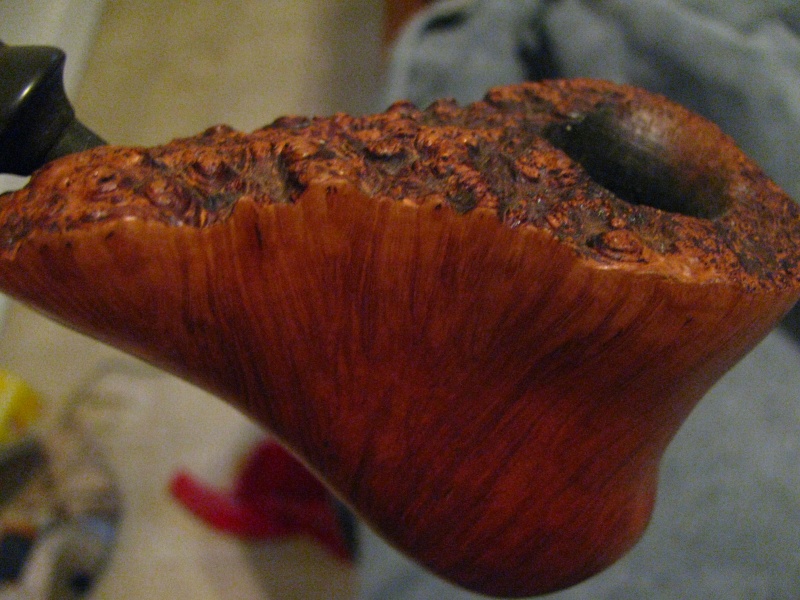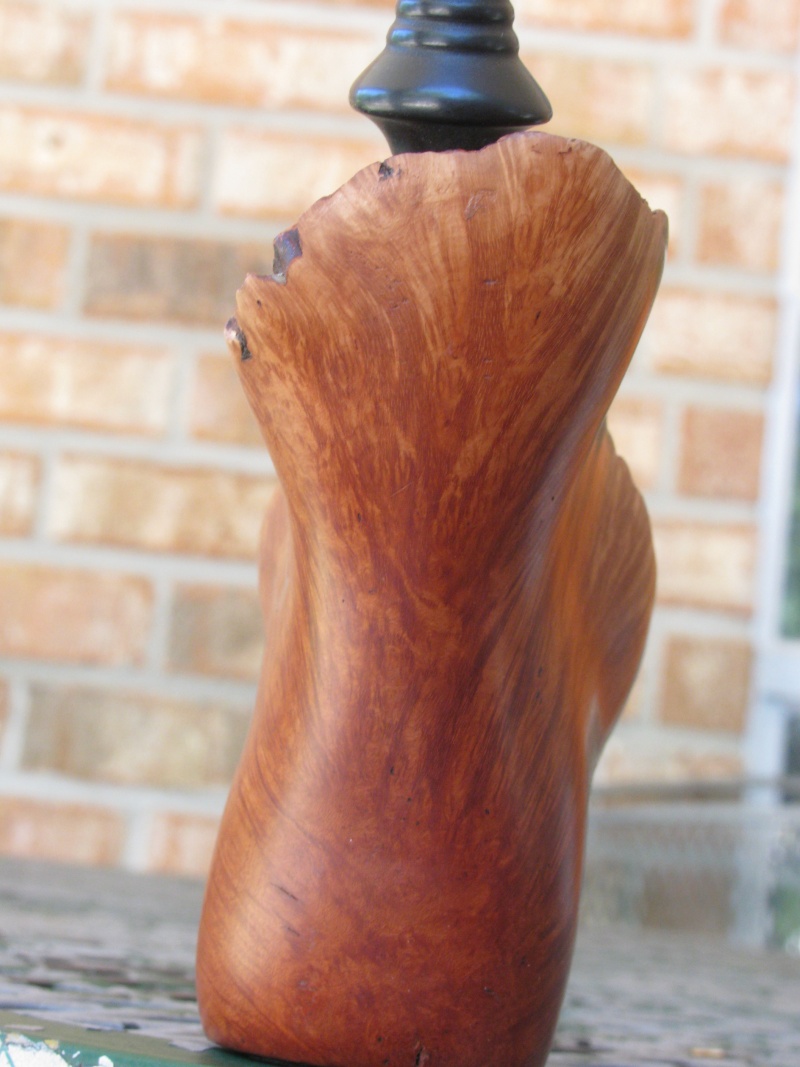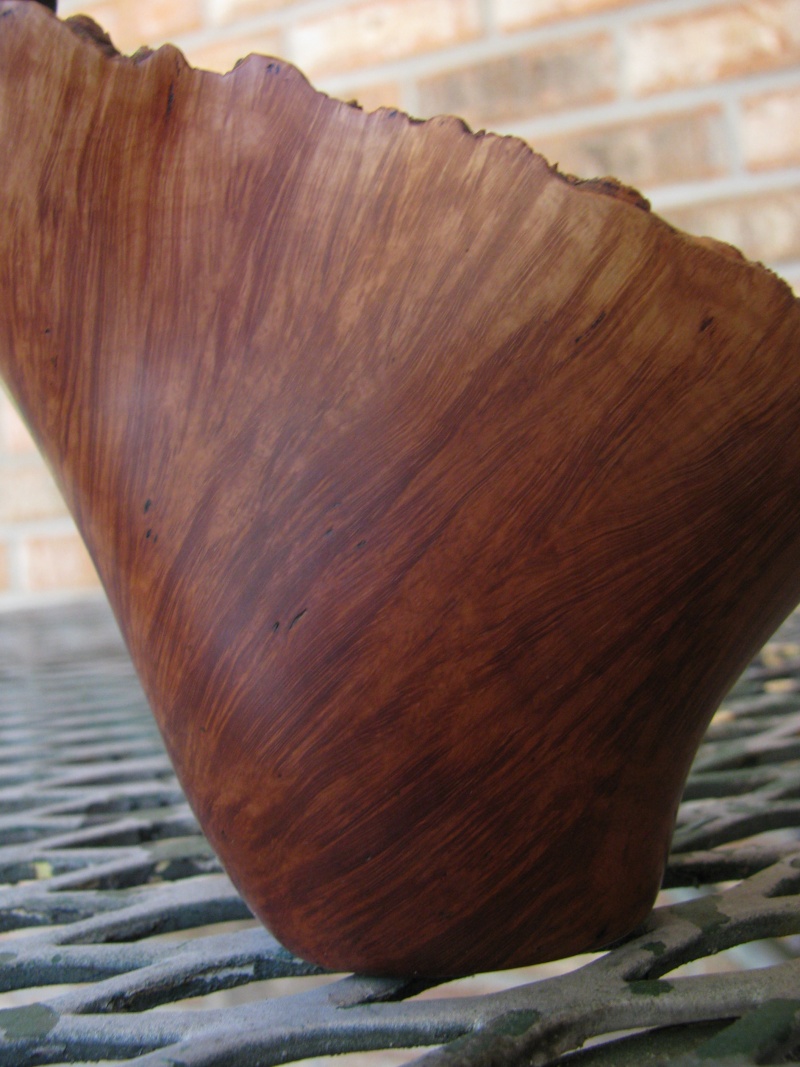Hi,
I'd like to take a crack at pipe carving, but have no idea where to start? I have a dremel that barely ever gets used, so I thought that would be something good to have. I've also seen the pre-drilled kits too. Are there any good books or videos that anyone can recommend? I have absolutely no idea how to stain, and finish either.
Thanks,
-Laurence
I'd like to take a crack at pipe carving, but have no idea where to start? I have a dremel that barely ever gets used, so I thought that would be something good to have. I've also seen the pre-drilled kits too. Are there any good books or videos that anyone can recommend? I have absolutely no idea how to stain, and finish either.
Thanks,
-Laurence



